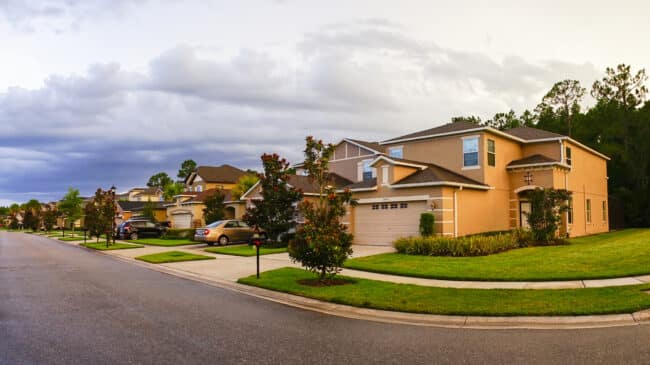Wakulla County, Florida, welcomed more than 4,100 new residents between 2010 and 2021, a 14% increase in the county’s population. New residential development provides an opportunity for economic growth. But costs are also associated with extending utilities and other services to new residents. Well-designed impact fees could help ensure that existing residents aren’t bearing undue costs.
Over the last few years, Wakulla County has added between 300 and 500 new homes annually. Higher home prices in Tallahassee have made Wakulla a relatively affordable and attractive place to settle for commuters. The rise of remote work during the COVID-19 pandemic has also drawn many residents from other states.
Impact fees are regulatory fees imposed by local governments to pay for the cost of infrastructure investments necessary to accommodate new development. Impact fees are typically charged for infrastructure and services, including roads, water, and wastewater. According to data from Florida’s Office of Economic and Demographic Research, 38 of the state’s 67 counties reported collecting some form of impact fee revenue in 2020. In fact, Wakulla County is the only county in the state that has grown more than 10% over the last decade that does not impose impact fees.
When properly designed and implemented, impact fees act as user fees. They raise money directly from those who benefit from the infrastructure and services funded by the fees. Because of this, impact fees can effectively offset the need to raise additional revenue from other fees and taxes, such as property taxes.
Unfortunately, impact fees are often poorly designed or used as a source of funding for services more appropriately funded through other channels. Many municipalities impose flat fees that are not adjusted to the size or impact of individual housing units. In cases where the impact of development is not uniform, flat fees are highly regressive, meaning that they disproportionately burden low-income families.
Practical limitations can also inhibit rural jurisdictions like Wakulla County from implementing highly complex fee structures. But the objective should be to develop fee schedules that come close to reflecting the relative impact of development without being overly complicated. Scaling impact fees to the square footage of homes or the number of bedrooms is a possible approach to making them less regressive.
To the extent that impact fees reduce the burden of infrastructure costs required by new development, they may serve as a bulwark against more exclusionary land-use policies. In fact, economic research on the subject suggests that impact fees can result in increased housing construction.
Earlier this year, Wakulla County commissioners issued a request for proposals (RFP) seeking bids to conduct an impact fee study to guide the design and structure of impact fees in the county. Yet, commissioners voted 4-1 against moving forward with the RFP after receiving three bids ranging from $69,350 to $99,850.
Commissioners, however, might want to revisit this decision. Impact fees are efficient, user-based revenue sources when they accurately reflect the marginal cost of development to local governments.
The growing pains experienced by Wakulla County are not unique. Rather than rejecting the benefits of growth or forcing existing residents to bear the brunt of new infrastructure costs, Wakulla County should consider implementing well-designed impact fees that accurately reflect the marginal cost of new development.
A version of this commentary first appeared in the Tallahassee Democrat.

